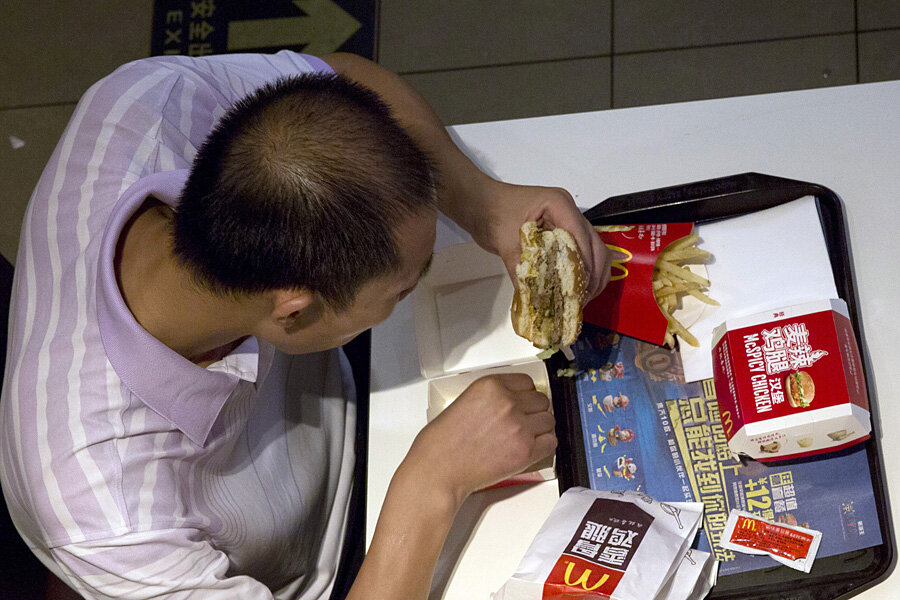Table for one? More than half of meals eaten alone, study finds.
Loading...
For most Americans, eating a meal is a solitary rather than social occasion.
More than half (57%) of all eating occasions (both at-home and away-from-home) in the U.S. are people eating alone, according to data from The NPD Group. It notes that 27% of U.S. households now consist of a single person, the highest level in U.S. history.
Breakfast is the loneliest daypart, NPD finds, with 60% of meals consumed alone. Given the number of breakfasts consumed on the run, in cars or at desks, this is understandable. At lunch the percentage of solo meals declines to 55%, though still a majority.
At least there’s company for dinner: Diners eat alone for just 32% of evening meals. Nearly half of families with children eat dinner together at least five times a week, NPD reports.
Says NPD F&B analyst Darren Seifer, “The number of solo eating and beverage occasions has wide-ranging implications for food and beverage marketers in terms of new products, packaging and positioning. As lifestyles shift, it’s key for marketers to profile and segment occasions when their product is consumed in various ways, including solo versus social occasions, in order to connect most effectively with consumers.”






